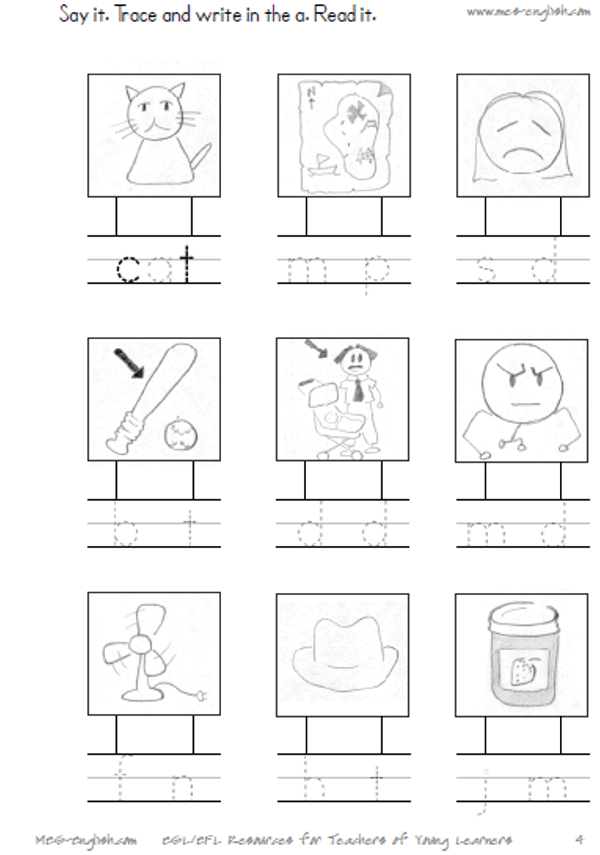
The idea was simple enough: the user selects a class of financial assets from a drop-down, then one or more actual financial securities from a dynamically-populated drop-down (based on the asset class), then the date range and analysis function, and finally the results are plotted in the main panel. Such a case happened to me, when a consulting client asked me to integrate an auto-completion widget in a GUI that I designed for them. In addition, one volunteer without sensorimotor idle rhythm peak at the beginning of the BCI experiment developed it during the course of the session and used voluntary modulation of its amplitude to control the feedback application.Do you ever get a feeling when designing a Matlab GUI, that existing components/controls are simply not enough to achieve the desired functionality/appearance?

More important, this novel guided learning also allows participants with BCI illiteracy to gain significant control with the BCI in less than 60 minutes. Using this approach, without any offline calibration, six users, including one novice, obtained good performance after 3 to 6 minutes of adaptation. Subsequent runs use unsupervised adaptation to track the features’ drift during the session and provide an unbiased measure of BCI performance. These initial runs use supervised techniques for robust coadaptive learning of user and machine. It starts with a subject-independent classifier that evolves to a subject-optimized state-of-the-art classifier within one session while the user interacts continuously.

We present an adaptation scheme that individually guides the user. In this work, we investigate adaptive machine learning methods to eliminate offline calibration and analyze the performance of 11 volunteers in a BCI based on the modulation of sensorimotor rhythms. We hypothesize that one main difficulty for a BCI user is the transition from offline calibration to online feedback. In fact, a nonnegligible portion of participants (estimated 15%–30%) cannot control the system (a BCI illiteracy problem, generic to all motor-imagery-based BCIs). However, not all BCI users are able to perform sufficiently well during feedback operation. After the training, the user can control a BCI and improve the operation through some type of feedback. In our classic machine learning approach to BCIs, the participants undertake a calibration measurement without feedback to acquire data to train the BCI system. Brain-computer interfaces (BCIs) allow users to control a computer application by brain activity as acquired (e.g., by EEG).


 0 kommentar(er)
0 kommentar(er)
